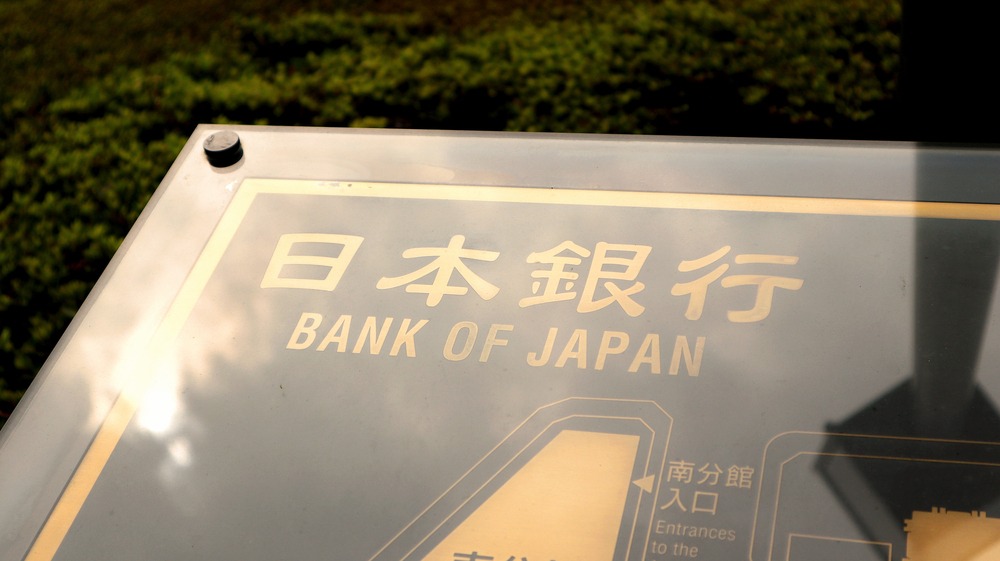Key Points
- February Jobless Rate drops to 3.7% in Australia, surpassing expectations.
- Employment soars with 116,600 new Jobs, majorly full-time.
- RBA holds rates steady, eyes on future economic stability.
The Australian economy showcased a robust performance in the labour market for February 2024. Defying economists’ forecasts, the jobless rate plummeted to 3.7% from a seasonally adjusted 4.1% in January, marking a return to the figures recorded half a year ago.
February’s Job Boom: 116,600 New Hires
February 2024 emerged as a remarkable month for Australia’s employment landscape, creating 116,600 new jobs, substantially surpassing the anticipated 40,000 net gain. This surge in employment, predominantly in full-time positions, signifies a potent injection of vitality into the economy. Furthermore, the labour participation rate experienced a slight uptick to 66.7%, complemented by a notable increase in hours worked, reversing the decline witnessed in the previous month. Such trends underscore a dynamic shift in employment patterns, where 4.7% of the employed populace in February were not employed in January, a significant leap from the pre-pandemic average of 3.9% observed between 2015 to 2020.
Growth Slows to 0.2%, Jobless Rates Steady Amid Inflation.
Despite slowing economic growth, with only a 0.2% expansion in Q4 2023, the labour market surprisingly remains strong and resilient. This slowdown reflects the cumulative impact of 13 consecutive interest rate hikes to curb inflation. Despite these challenges, the labour market demonstrated resilience, albeit with the Reserve Bank of Australia (RBA) forecasting a gradual rise in unemployment to 4.2% by mid-year and 4.3% by year’s end. The RBA has kept interest rates steady, hinting at possible cuts if unemployment rises, aiming for 2%-3% inflation.
Regional Job Rates Vary, SA and NSW Lead
Interestingly, unemployment trends varied across Australian states, reflecting diverse economic landscapes, with notable variations not uniformly positive. Regions such as South Australia and New South Wales witnessed significant jobless drop rates, whereas the Northern Territory saw a slight increase. This regional disparity underscores the multifaceted nature of Australia’s labour market, influenced by local industries, migration patterns, and economic policies.
Migration Fuels Workforce, Adds 550K in Year
The narrative of Australia’s labour market resurgence is intricately linked to the nation’s migration dynamics. With nearly 550,000 net migrants until September, the labour force gained skills, enhancing economic vitality and mitigating sector shortages. However, this surge in migration also brings to the forefront the challenges of integration, housing, and infrastructure support, necessitating a balanced approach to sustain economic growth and social cohesion.
Market Optimism as Dollar Strengthens
The labour market’s strength buoyed financial markets; consequently, the Australian dollar rallied, and stock prices modestly increased. The RBA’s forthcoming policy decisions will balance growth, inflation, and employment, significantly shaping Australia’s economic trajectory. Consequently, welfare groups worry about interest rate delays. Adjusting monetary policy with labour markets is crucial for growth and stability in the upcoming months.













